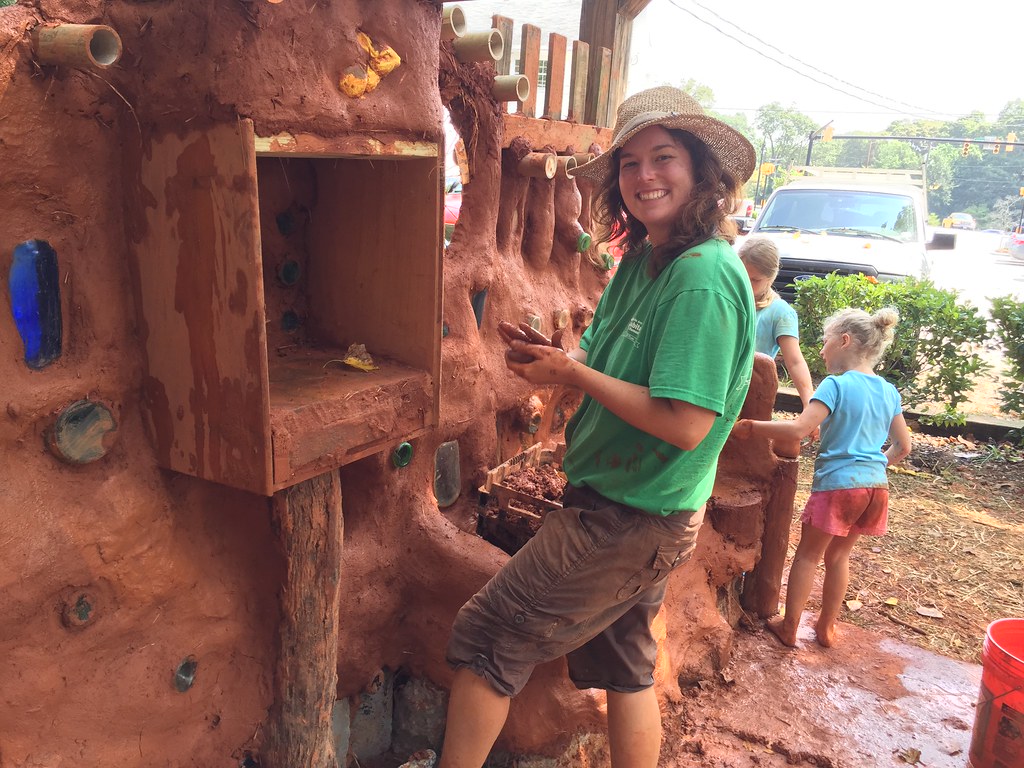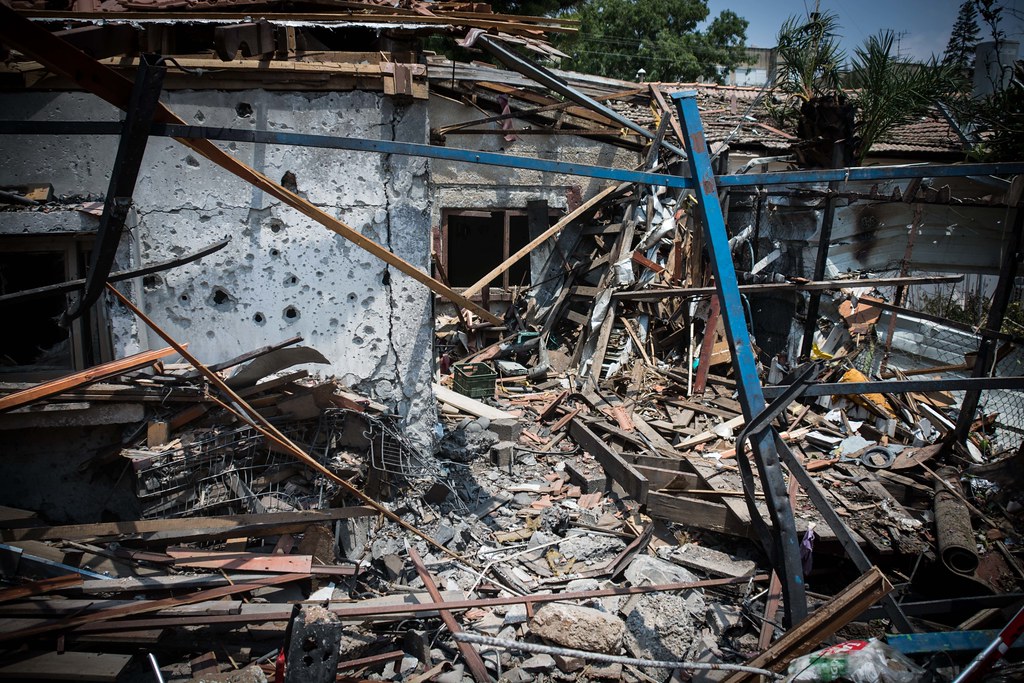In Montevideo, Uruguay, the nearly 14-mile waterside promenade La Rambla serves as an outdoor living room for locals. It’s also a perfect antidote to visitors’ winter blues.
Photographs by Tali Kimelman

For a window into the soul of a city, take a stroll along the waterfront: Think of the Seine walkways in Paris, the Copacabana promenade in Rio or the Charles River Esplanade in Boston. Or the nearly 14-mile palm-fringed ribbon called La Rambla, in Montevideo, the capital of Uruguay.
One of the longest sidewalks in the world, La Rambla meanders along the shimmering estuary Río de la Plata, past beaches, wine bars and purple-blossomed jacaranda trees, statues and sculptures, soccer matches and friends engrossed in conversations over cups of yerba mate.
If you go in the summer — as the Northern Hemisphere shivers in the cold — you may find yourself part of a mass migration of locals toting folding chairs to the promenade, turning it into, essentially, the city’s outdoor living room.

The promenade stitches together different pieces of Montevideo, a city of about 1.3 million, socially as well as geographically. On it, you’ll find Uruguayans from all social strata. It’s “the city’s thermometer,” as Natalia Jinchuk, a Montevideo native and author, described it to me.
With my own thermometer dipping and my imagination stoked, I planned an early-winter long weekend in Montevideo, a flower-speckled city that melds Old World and Modernist architecture, to boost my spirits with my own ramble on La Rambla.
Where friends get together

On a balmy Friday morning, I set out on foot from my home base, the Palladium Business Hotel, at the edge of the fashionable Pocitos neighborhood, and headed toward Parque Rodó, an urban gem of a park a few miles west along La Rambla.
The red-and-white-striped promenade runs between a busy road and the Río de la Plata, a wide waterway separating Uruguay and Argentina. The path follows a roughly west-east axis, changing names as it winds from the Capurro neighborhood, northwest of the Old City to the high-end Carrasco area in the east. The most popular section runs from the Old City to Pocitos.

Heading west on La Rambla, I saw sailboats bobbing outside the century-old Yacht Club Uruguayo. Women sat on a grassy knoll, their young children toddling about. Two friends on a bench appeared to be deep in conversation over bread and strawberries. A couple sipped a cup of maté, a caffeinated drink common in South America, from the same metal straw. Near a busy skateboard park, I passed some food trucks, including Soy Pepe el Rey de las Tortafritas (chuckle-inducing translation: I Am Pepe, the King of Fried Bread). At the Playa de los Pocitos, a handful of shirtless men played soccer on the sand. I stopped in front of a granite plaque to read “Sonnet to a Palm,” by the Uruguayan poet Juana de Ibarbourou, and was moved by its final stanza likening a palm tree to an eternal homeland.

Parque Rodó, the destination on that leg of my ramble, includes an amusement park, a lake where you can rent a paddleboat, a “castle” housing a small children’s library, the National Museum of the Visual Arts and a modest flea market. I happened upon a small plaza with benches ringing an octagonal water fountain; both bore tiles embellished with arabesque designs that reminded me of the Middle East. I rested on a bench, enjoying the feel of the tiles, hot beneath my bare legs, and thought of the winter winds howling back in the United States.
Exploring an ‘open-air gallery’

La Rambla strings together neighborhoods with distinct architectural styles as well as heritage sites and parks. With dozens of statues and other works of art, it is a tentative candidate for UNESCO’s list of World Heritage sites — its entry calls it “a veritable open-air gallery.”
Some have described La Rambla as a through line uniting the country’s past, present and future; the Uruguayan artist and writer Gustavo Remedi said the promenade ties together a city that “has a tendency to fall apart.” Marcello Figueredo, the author of the nonfiction book “Rambla,” which offers a detailed look at the waterfront walkway, told me the promenade was “both a limit and an escape,” a border between Montevideo and the rest of the world.
Times travel coverage. When our writers review a destination, they do not accept free or discounted services or, in most cases, reveal that they work for The Times. We want their experience to be what you can expect.
Here’s more on our standards and practices.
Back on city streets, I headed toward the Pocitos neighborhood, wandering garden-like lanes rich with architectural details: the contrasting lines and curves of Art Deco, Venetian and oriel windows, and red roofs. I glimpsed hand-painted floor tiles and smelled caramelized sugar through the open doorway of Camomila, where I enjoyed a lemon tart and a cortado in a small, sun-dappled courtyard.


On my way back to La Rambla, I stopped at a small secondhand store, 3B Bueno Bonito Barato (Good Cute Cheap). Though it was narrow and cluttered, I found some gems, including a pink bolero embroidered with jade vines and orange, yellow and blue flowers, a design that evoked the jacaranda blossoms piling up outside on the sidewalk like drifts of snow.
Just down the street, Dalí, a kitschy bar and tapas restaurant, caught my eye with the tagline “There is nothing more surreal than reality,” and everything inside flowed from that: When someone ordered the Jamaica cocktail, Bob Marley’s “Is This Love?” blasted from the speakers as a singing waitress delivered the red, yellow and green drink; everyone joined in, belting out the lyrics. The waitress also offered one-card tarot readings using a replica of the deck Salvador Dalí created. I drew the magician, which, she told me, signaled that if I believe in my own powers, I will manifest my dreams. And I thought I’d just stopped in for a drink.
Following the smell of sizzling steak

You can’t go far in Montevideo without smelling smoke from the city’s many steakhouses, or parrillas, grilling meat over wood fires. Much of that aroma comes from the Port Market, a maze of restaurants and bars in a hall with a wrought-iron roof made in Liverpool and shipped to Uruguay in the 1860s.
The market, wedged between La Rambla and the Old City, would be a seven-mile walk west from my hotel along the winding promenade, so when I set out on Saturday, I plotted a shortcut through city streets, with plans to rejoin the promenade at the market.

Near the city center, I was delighted to discover Uruguayans practicing their tango moves for an impromptu audience at Juan Pedro Fabini Square — named for the engineer who proposed La Rambla to the city in 1922. After passing a stone gateway to the Old City, I browsed tables displaying local art and handmade jewelry along the main pedestrian thoroughfare that connects the Old City and La Rambla.
Then I heard the sound of candombe, a style of Afro-Uruguayan music, coming from a side street. Men decked out in white and blue, and women wearing white turbans, appeared. The men banged drums, and the women swooshed their flowing white skirts back and forth to the rhythm. Candombe is ubiquitous during Montevideo’s carnival, which runs from January to March.
Eventually, I arrived at the Port Market, which Mr. Figueredo, the author of “Rambla,” calls a “smoke-filled temple.” Though meat is indeed god at the market, even vegetarians will feel a sense of awe. Diners sit elbow-to-elbow at bars that ring grills beneath ornate iron arches, the sun filtering in through skylights. In the cathedral-like space, it was hard to tell the difference between indoors and outdoors.
A celebration on the sand

Having clocked more than 50,000 steps in two days, I decided to spend Sunday relaxing in the section of La Rambla alongside the well-heeled Punta Carretas area, which juts out into the Río de la Plata not far from the Old City.
At Baco Vino y Bistro, I tried crostini topped with local goat cheese alongside a glass of Uruguayan tannat, the country’s national wine. Dark red, rich with fruit, the wine packs a tannin-filled punch with each sip.
Back on La Rambla, I couldn’t resist checking out Artico, a cafeteria-style fast-seafood restaurant right along the shore packed with delicacies like quinoa with shrimp, Galician-style squid, and an inventive, savory pumpkin pionono filled with tuna, cream cheese, arugula, bell pepper, onion and black olives — all priced by weight.

La Rambla was in full swing: It was the weekend before Uruguay’s elections, and a celebratory mood prevailed. Music blared from beneath canopies, and supporters of politicians from all sides handed out the same thing to passers-by: the blue-and-white Uruguayan flag with a tiny sun in the corner. Cars honked as they passed; everyone waved and smiled.
Down on the beach, people played soccer and volleyball, vendors sold cotton candy and candied apples, and clumps of friends, many sitting in those ubiquitous folding chairs, passed around wine bottles. Laying a towel on the sand, I peeled off my dress to reveal a skimpy one-piece I’d bought in Pocitos, and claimed a prime spot in Montevideo’s outdoor living room.


























